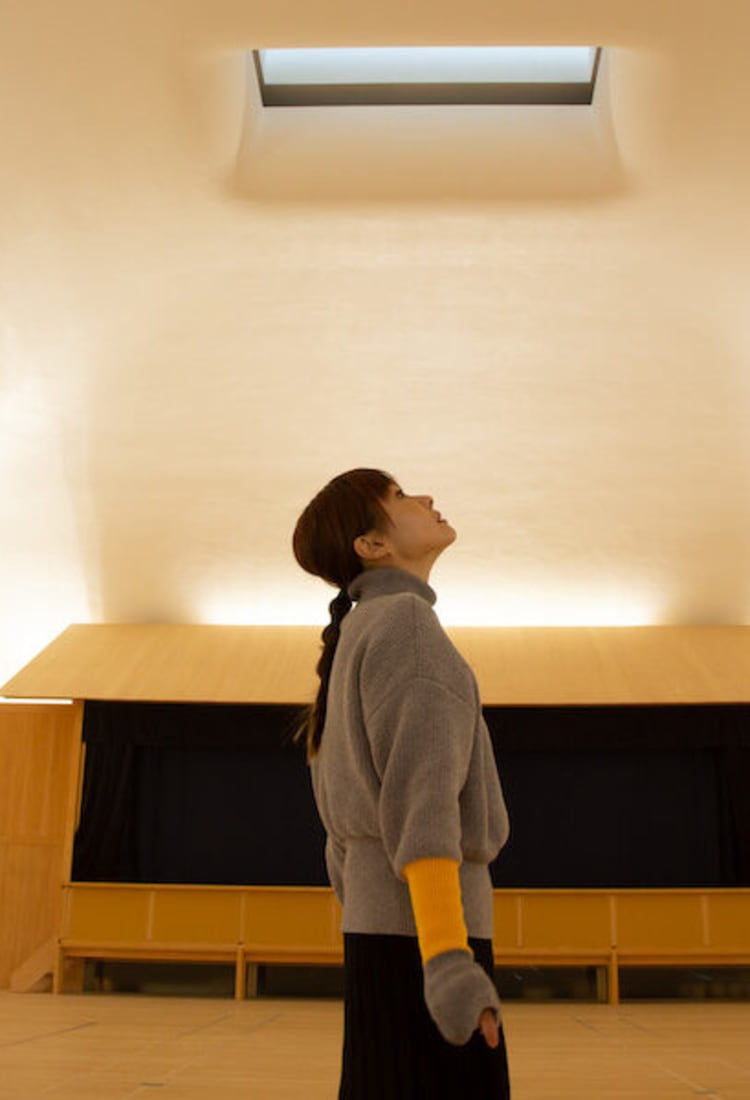
Visiting Some of Setouchi’s Art Destinations with Taiwanese Musician Enno Cheng – Kagawa
Visiting Some of Setouchi’s Art Destinations with Taiwanese Musician Enno Cheng – Kagawa
1.Lemon Hotel (Teshima)
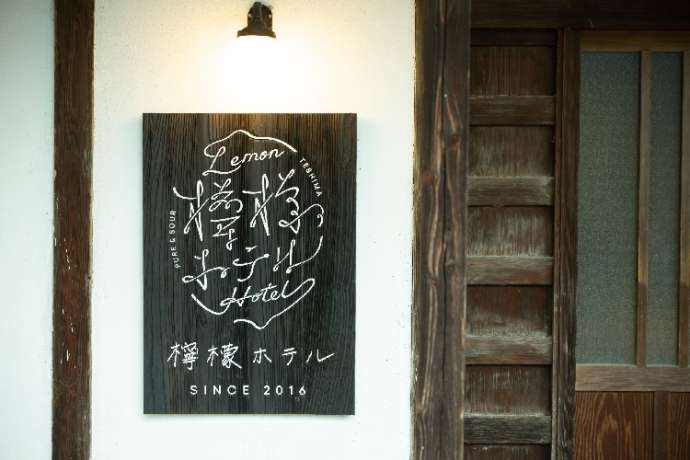
The first place we visited was Lemon Hotel in Teshima. Said to be both a hotel and an experiential art installation itself, we went to find out more.
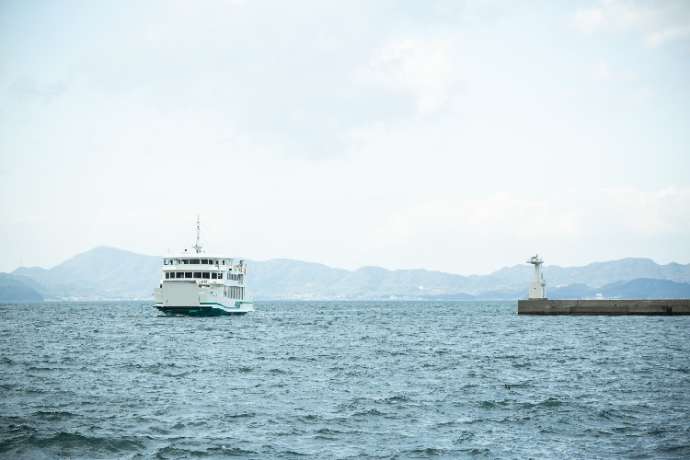
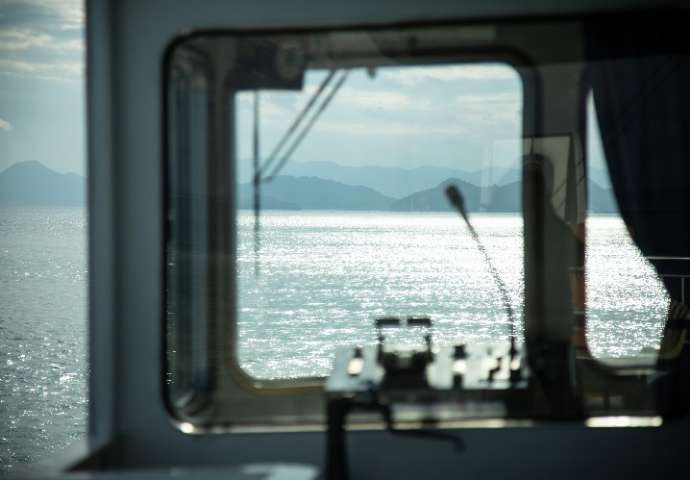
Getting to Ieura Port in Toyoshima is as simple as taking a thirty-minute ferry from Takamatsu Port. The blues of the sea, the sky, and the glimmer on the water’s surface — travelling around this region is no less than a joy.
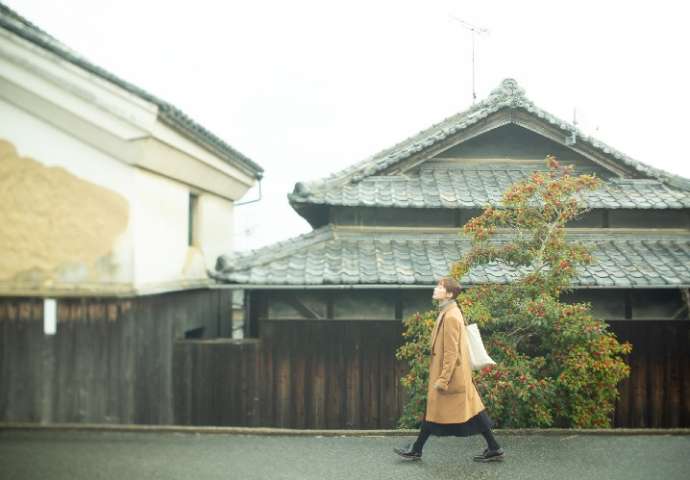
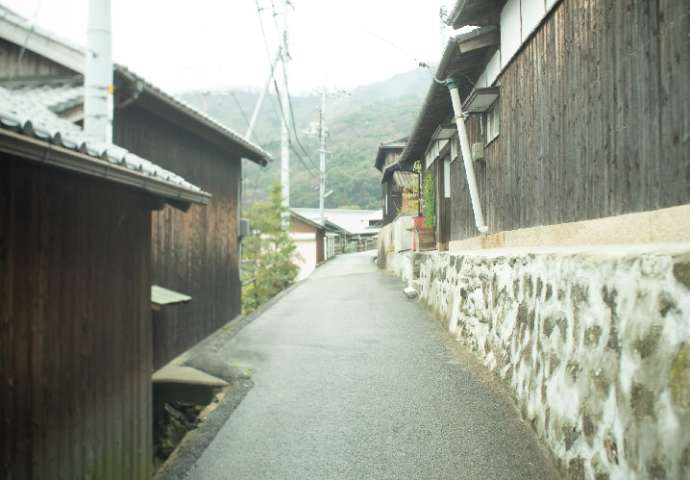
Lemon Hotel is near the Karato Oka Shukaisho-mae bus stop, approximately a 15-minute bus ride from Ieura Port. The area here is unique for its rows of old houses with tiled roofs and stone walls.
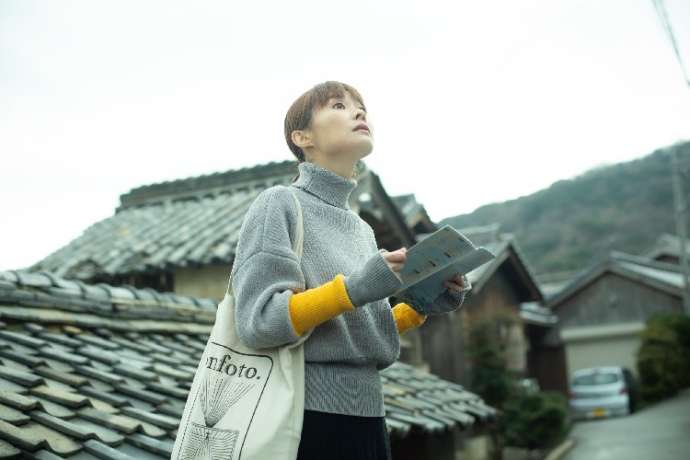
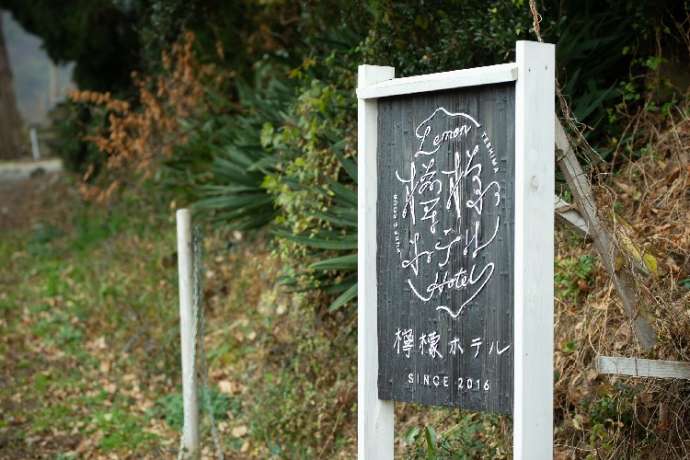
We find the sign for Lemon Hotel among the thick vegetation.
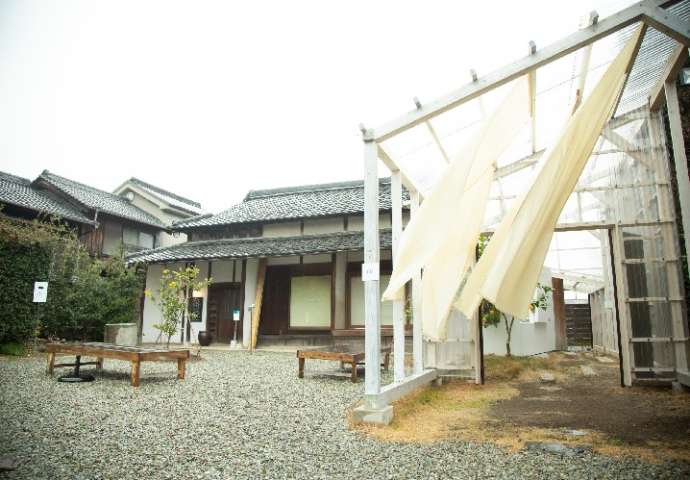
The building is a 90-year old structure that has been renovated for use as a hotel. Outside, sheets of silk dyed with Teshima lemons flutter in the breeze.
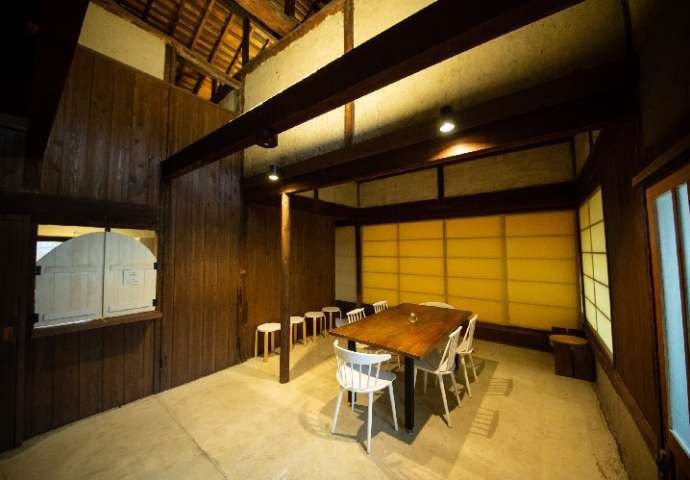
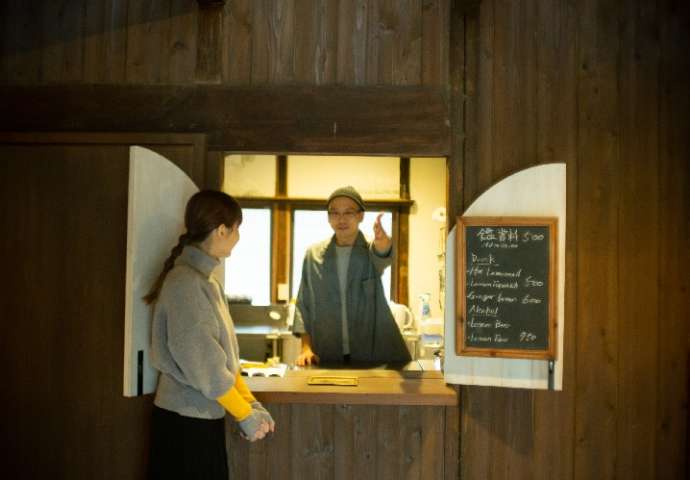
A quiet “Excuse me” at the reception and out comes Keisuke Sakai, the hotel manager. After paying a fee, Enno is handed a set of earphones to guide her around the establishment. Usually guests are expected to walk around and listen to the audio guide in pairs, but on this occasion, Enno was by herself.
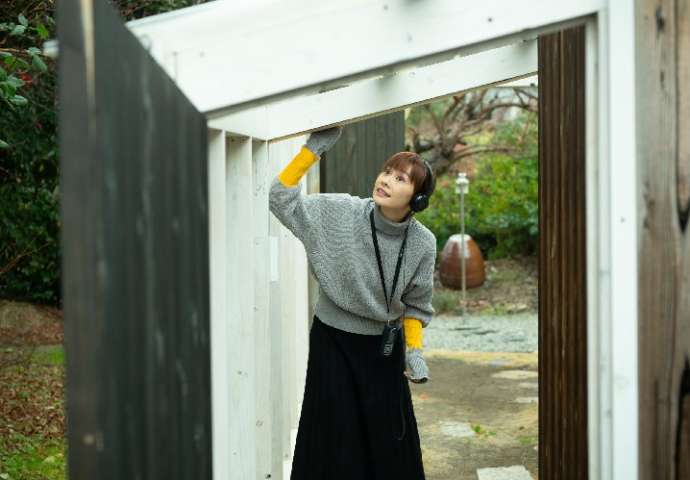
The tour starts by the silk sheets. While the audio guide plays a selection of relaxing melodies, these are broken up with occasional instructions. The idea is that in a pair, communicating and following the instructions will bring them closer together. “If I was to experience this with a partner, I think some of the instructions would make me blush…” says Enno. (As to the actual instructions themselves, please listen when you visit…)
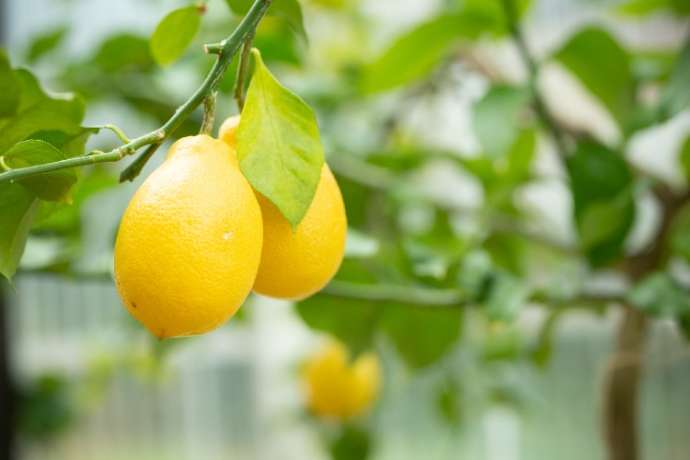
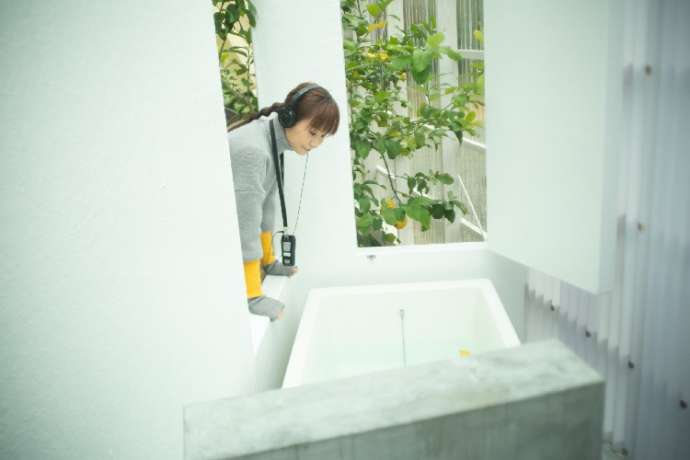
Moving on, by the lemon trees there is a bathtub full of lemons, where bathing in the open air with the breeze on your shoulders would no doubt be a wonderful experience. Hotel Lemon is limited to one pair of overnight guests each day, and those lucky enough to experience a night there can take advantage of this romantic bathing experience.
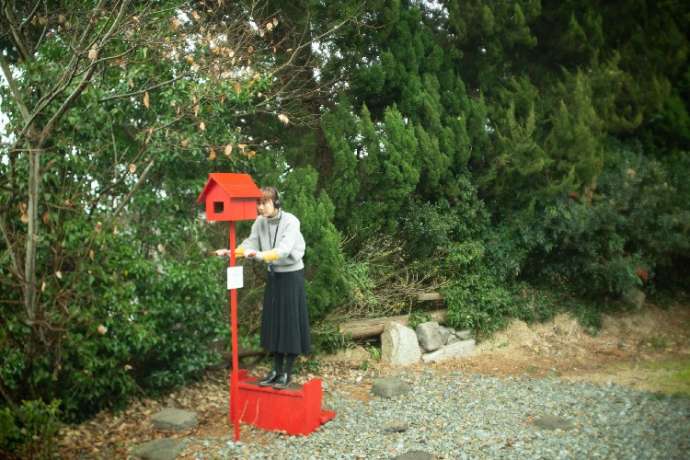
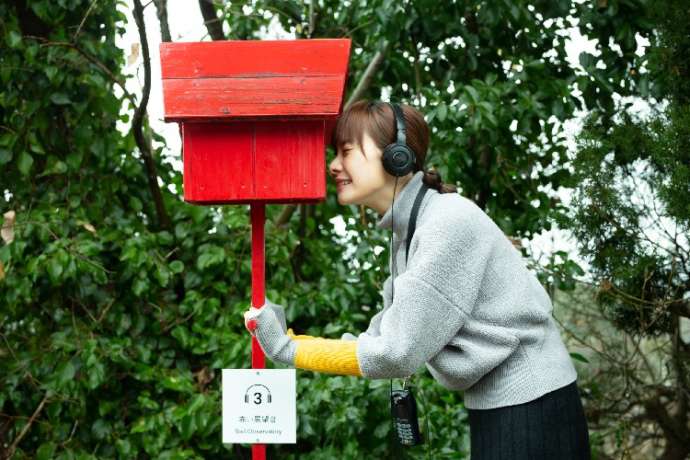
The next step of the tour leads to a red observation point. What can Enno see through the lens?
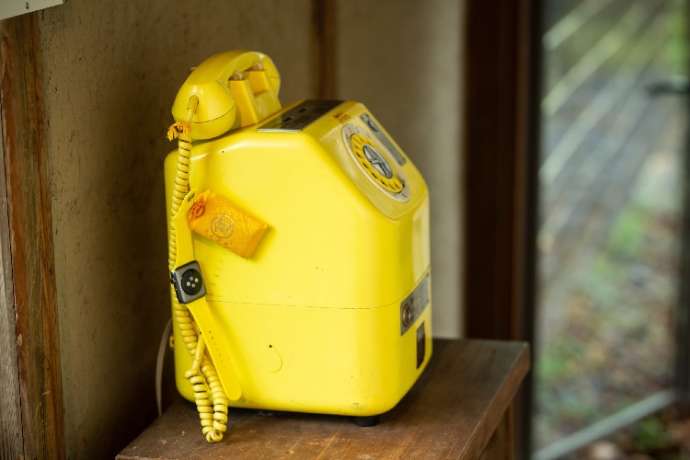
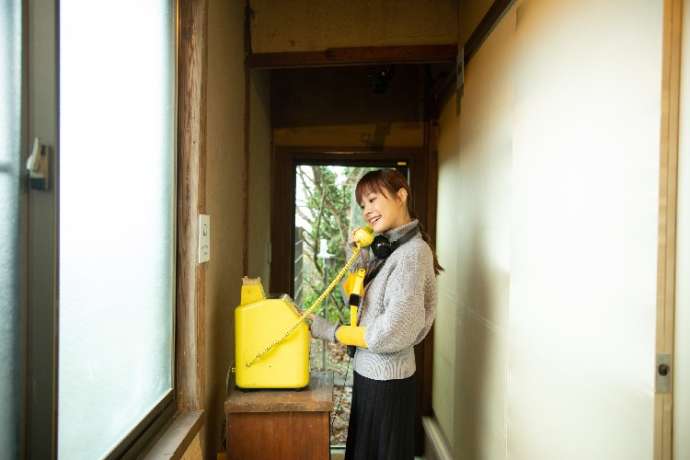
In a hallway sits a retro yellow telephone. Here guests can experience what it was like before there were mobile phones.
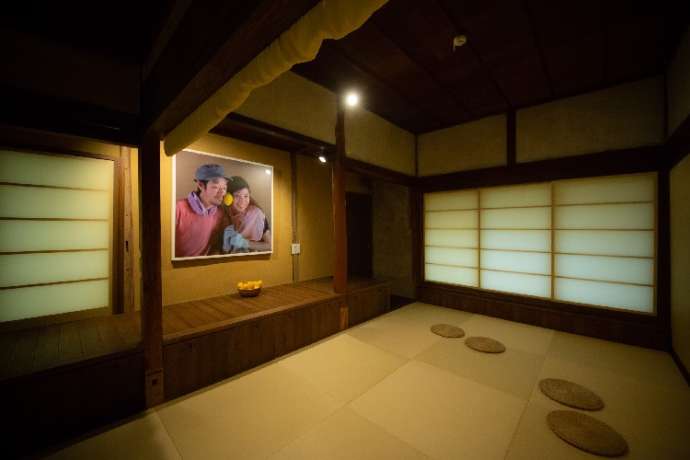
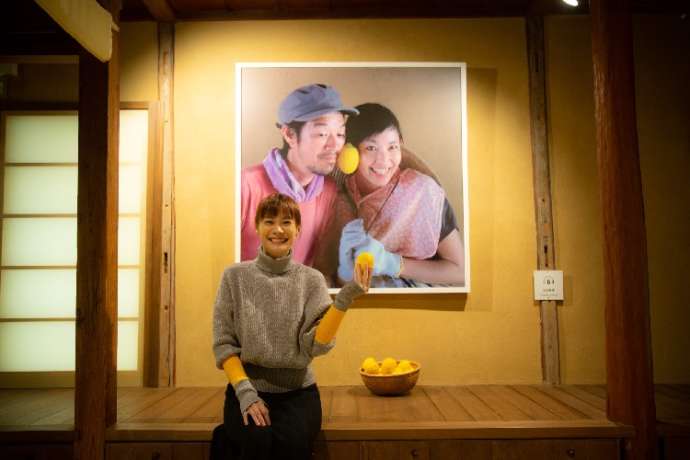
The final step along the tour is somewhat peculiar. Pairs are expected to take a photograph, like the one shown, with a lemon in between their cheeks. Only those who do it will understand what it really means. Enno: I had no idea what to expect along the whole tour — it made me quite nervous!
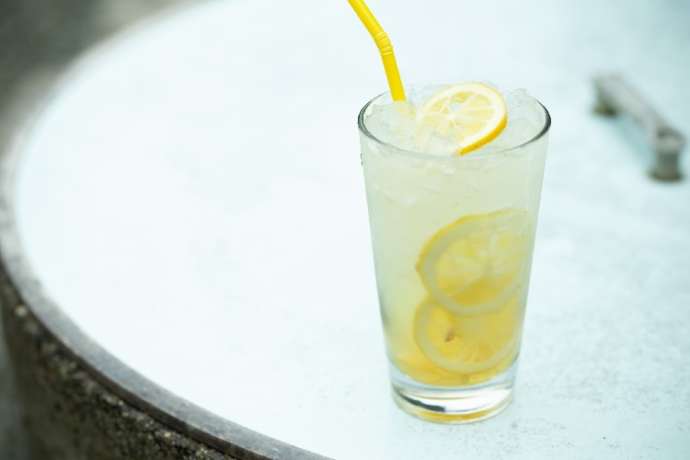
Following the tour guests are treated to fresh, homemade lemon squash, courtesy of Mr. Sakai. He uses lemons grown right next to the building.
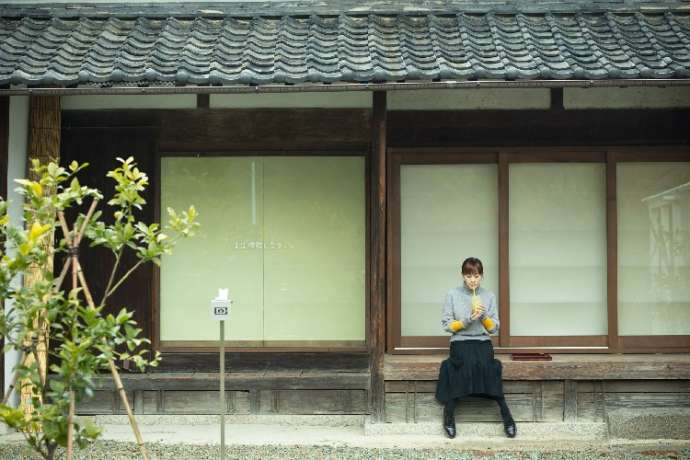
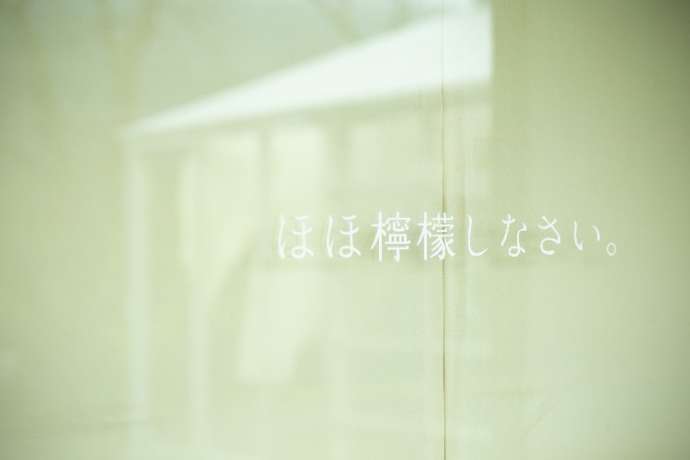
Enno: The instructions in the audio guide are simple enough for anyone to follow. They are, however, quite embarrassing. They might make you feel a bit self-conscious, but perhaps that’s part of what makes the experience what it is, so just let yourself go and have fun.
|
Lemon Hotel (Teshima) |
|
Address: 984 Teshimakarato, Tonoshō-chō, Shōzu-gun, Kagawa-ken Viewing Hours: 12:00-15:00 *varies by season — check website for details *last entry is 30 minutes before closing Regular Holiday: Tue-Wed (Tue-Thu from Dec-Feb) *or Wednesdays following a public holiday falling on Monday or Tuesday Phone Number: 080-6776-9353 |
2.BOOK MARUTE
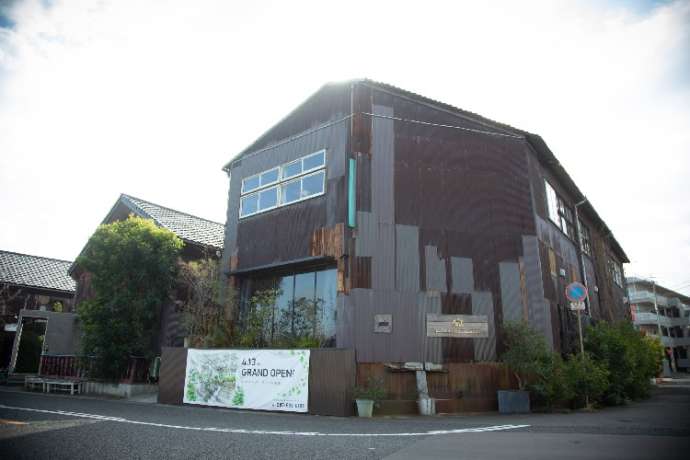
Our next stop is BOOK MARUTE. Just a 15-minute walk from Takamatsu Port, it’s a good spot to kill some time while you wait for a ferry or other plans.
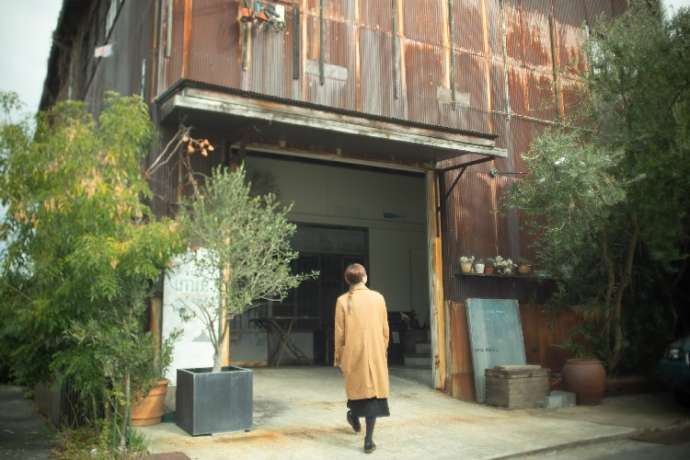
BOOK MARUTE is located in a building called Kitahama Alley, a renovated warehouse. Other shops in the building include a stylish cafe and general goods stores, making it popular amongst the locals.
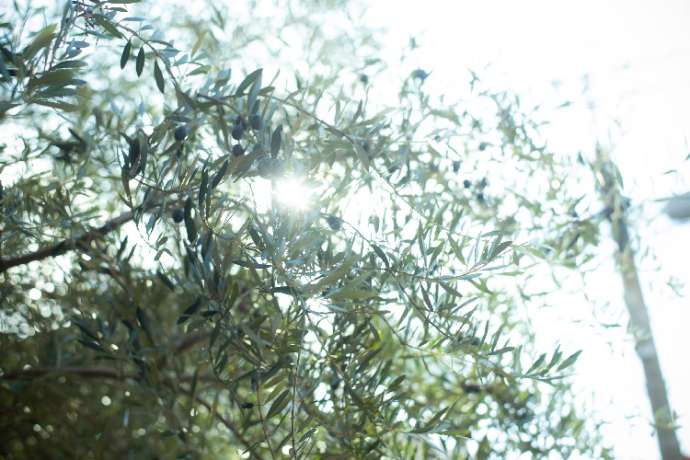
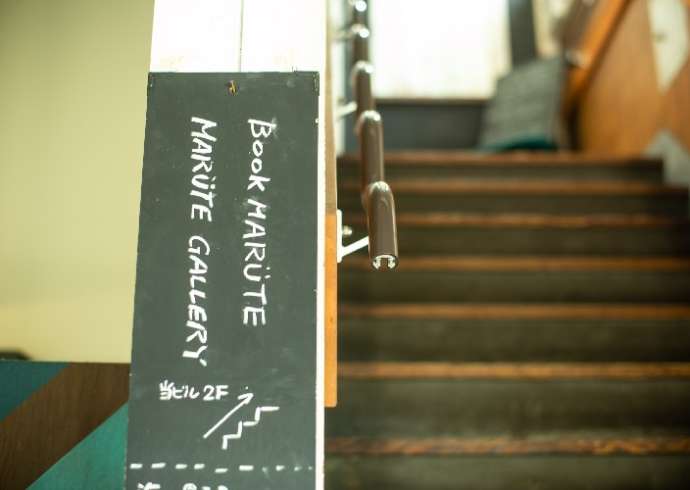
A small sign guides us upstairs.
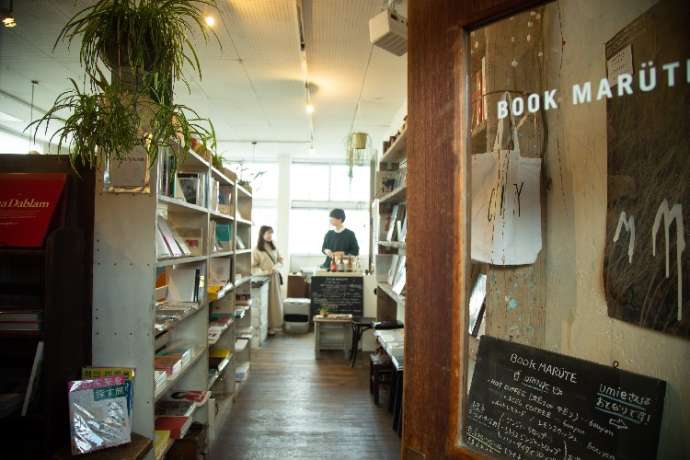
At the top of the stairs is a small bookstore space. This store specializes in photo books, art books, zines, and independent publications. There is also a gallery area next to the shop.
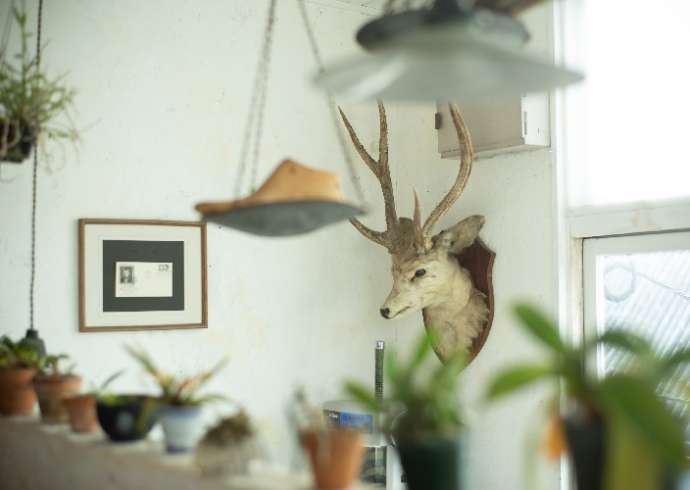
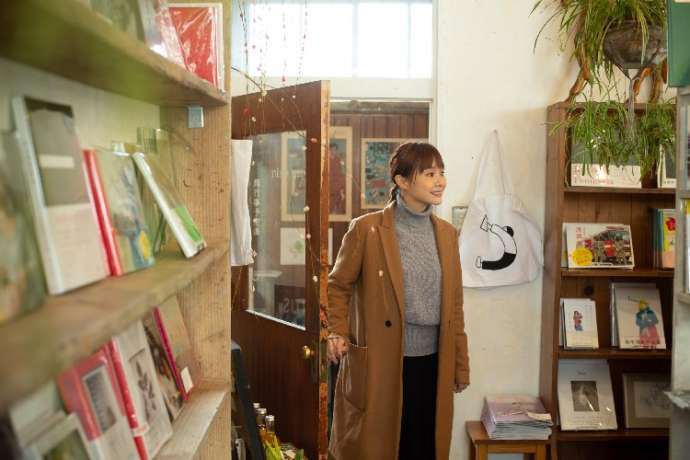
“What a lovely shop!” says Enno with a sparkle in her eyes.
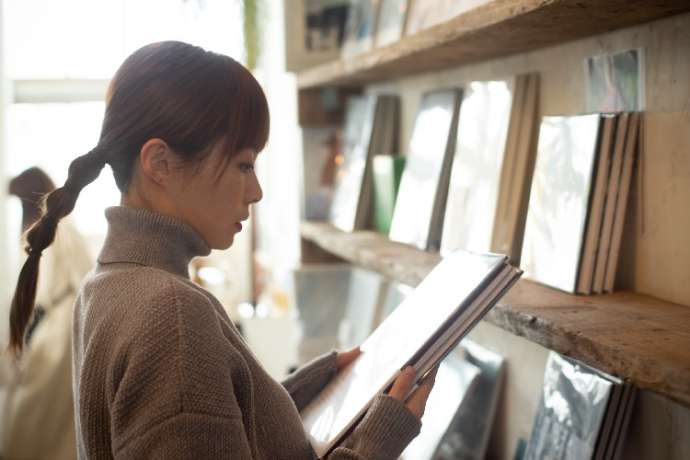
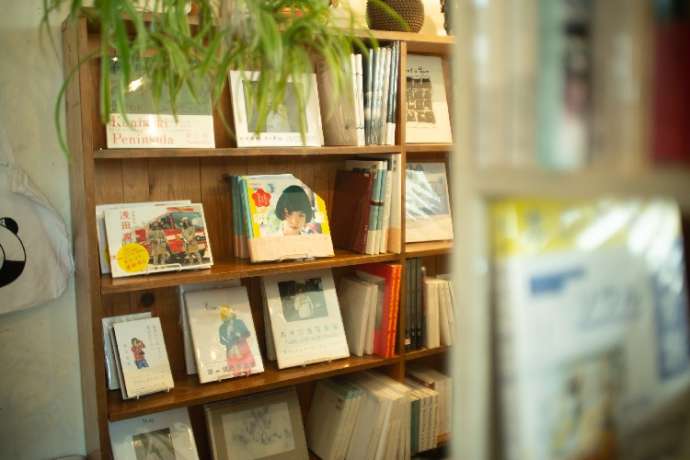
A collection of photo books from acclaimed photographers in Japan like Naoki Ishikawa, Aya Fujioka, and others line the shelves. Most of the photographers represented here have connections with the shop owner, Tetsuya Ogasawara, and work directly with him to put together events for photography schools and photographers. In 2017, he began his own small publishing house, Pilgrim.
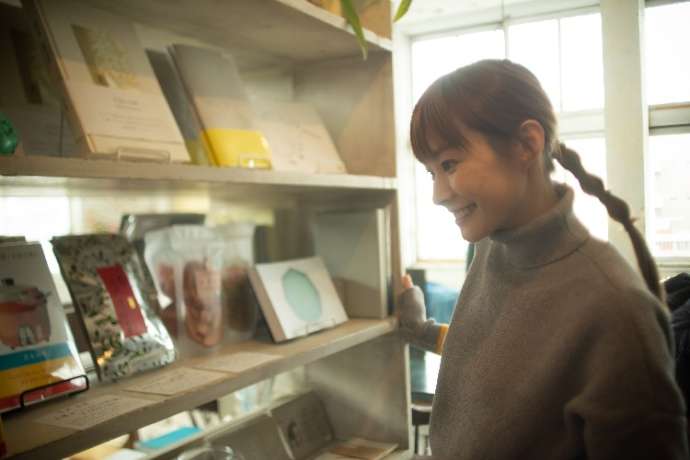
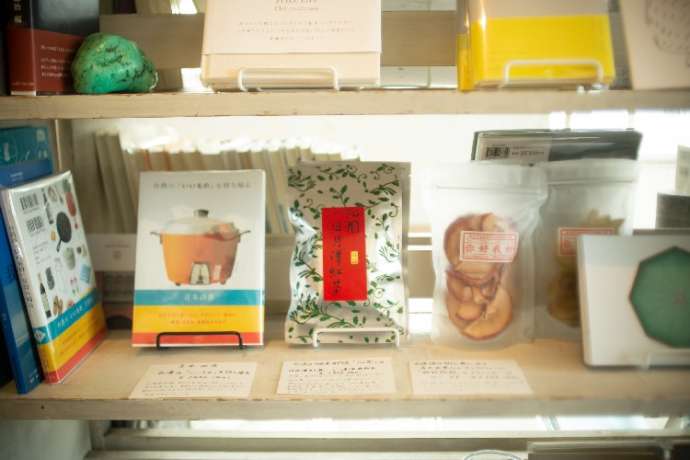
In the goods corner of the shop were sweets from Taiwan, Enno’s home country. Actually, the shop has a sister store in the building complex Fantasy in Taichung, Taiwan. Because of the connection, a variety of books and general goods from Taiwan can be seen around the shop.
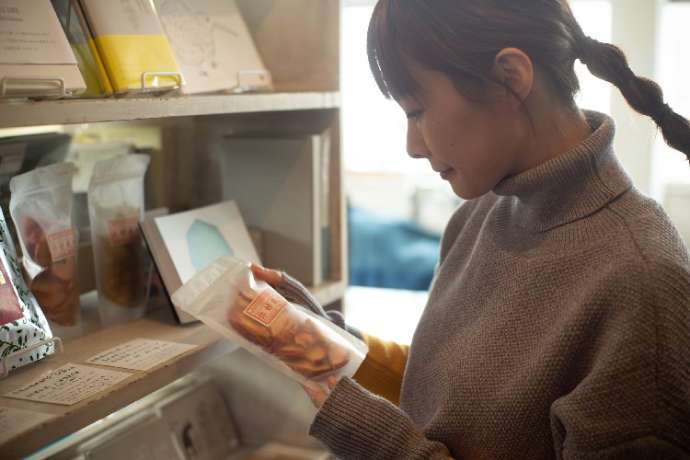
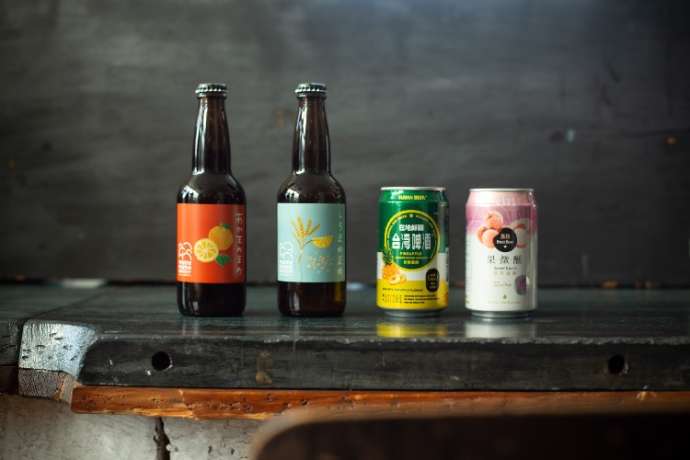
The shop also sells Taiwanese beer and fruit beer from Shodoshima. Soft drinks, sake, and light cuisine can be enjoyed at the adjoining cafe.

Enno settled on a cup of coffee.
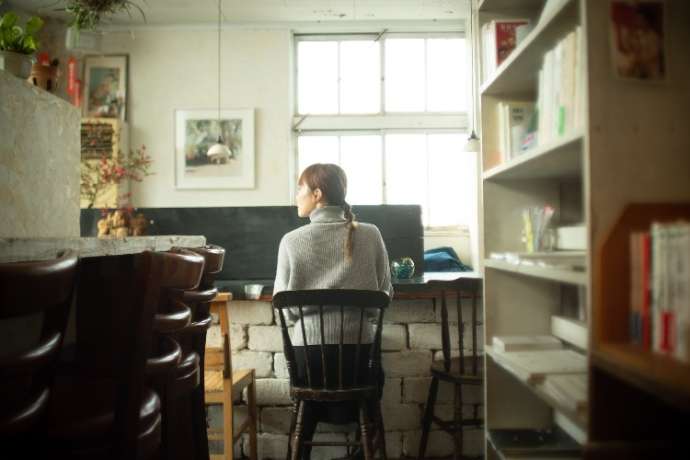
The cafe space is behind the bookshelves. Enno: Japan is good at making use of small spaces. Even though this place is definitely not spacious, I don’t feel cramped, and it’s actually quite relaxing.
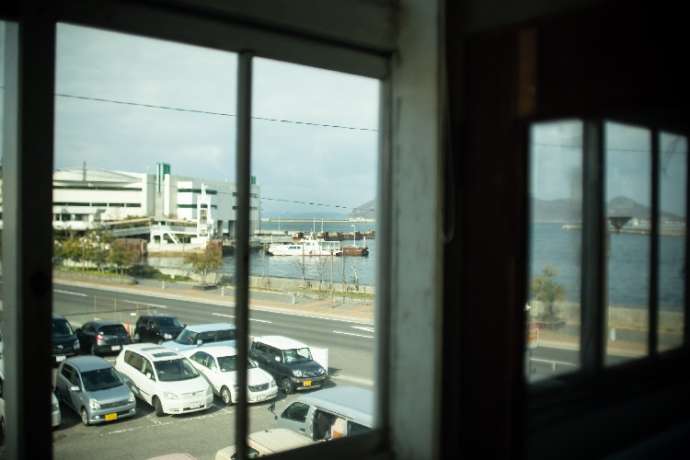
The view of Seto Inland Sea looking from the shop window.
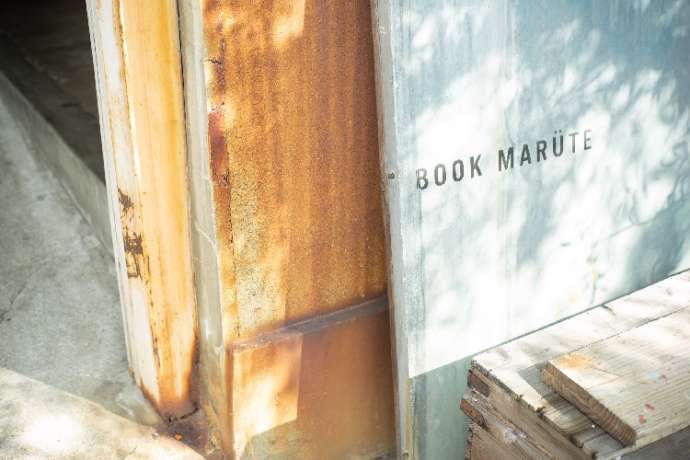
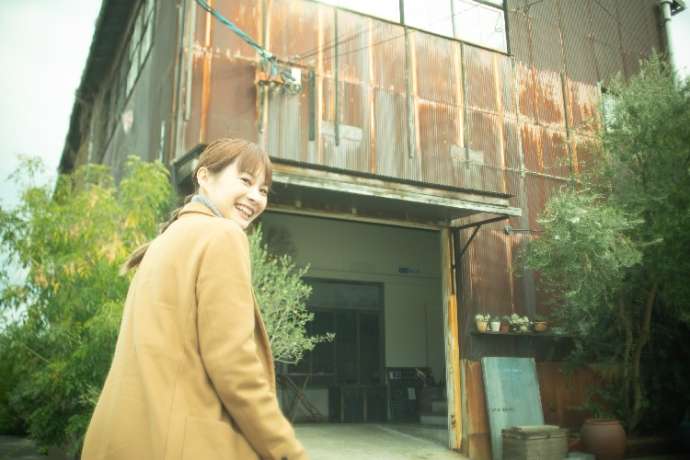
Enno: In Wahei Kimura’s photo album of ballerinas, the gap between the beauty of the subjects and their childishness was very interesting to me. It reminded me of the days when I used to do ballet. There are so many books here that I would never find in Taiwan, and I was impressed with the owners sense of taste. Enno leaves the shop behind for now, but will certainly be back in the future.
|
BOOK MARUTE |
|
Address: Kitahama Alley-J, 3-2 Kitahamachō, Takamatsu-shi, Kagawa-ken Hours: weekdays 12:00-19:00 / Sat, Sun, holiday 10:00-19:00 Regular Holiday: varies Phone Number: 090-1322-5834 |
3.Naoshima Hall
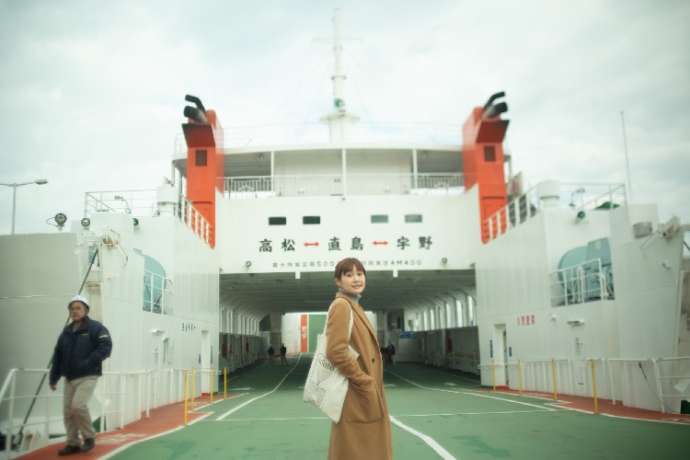
Next, we take the ferry from Takamatsu port to Naoshima, “the holy land” of art. Our objective: to visit Naoshima Hall which was designed by Hiroshi Sambuichi, an architect with roots in the Seto Inland Sea.
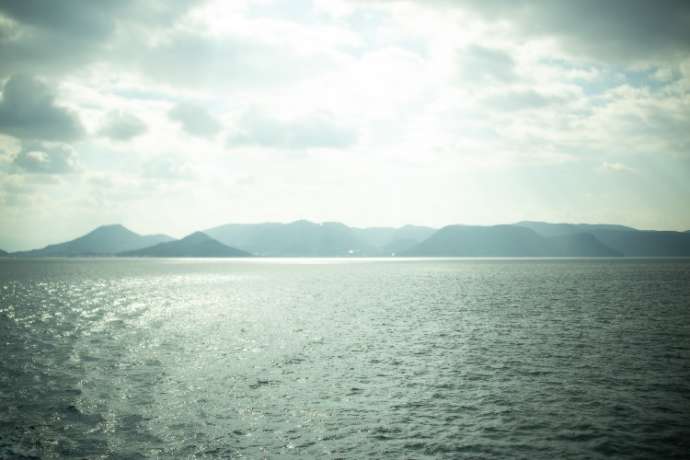
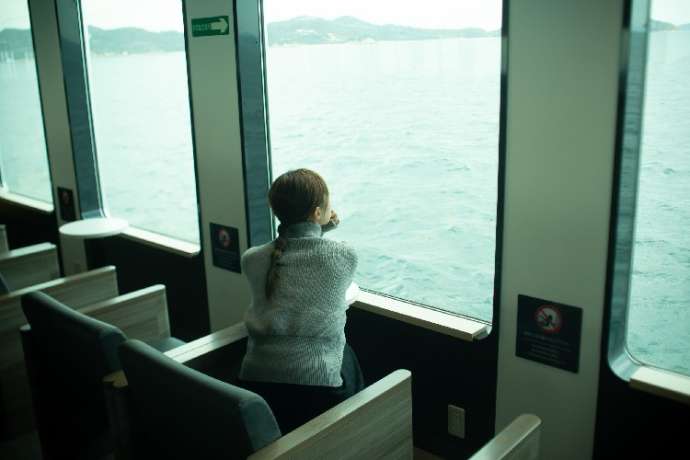
After about 30 minutes of sitting back and enjoying the view from the ferry, we arrive at Miyaura Port. From there, it’s a 10 min bus ride.
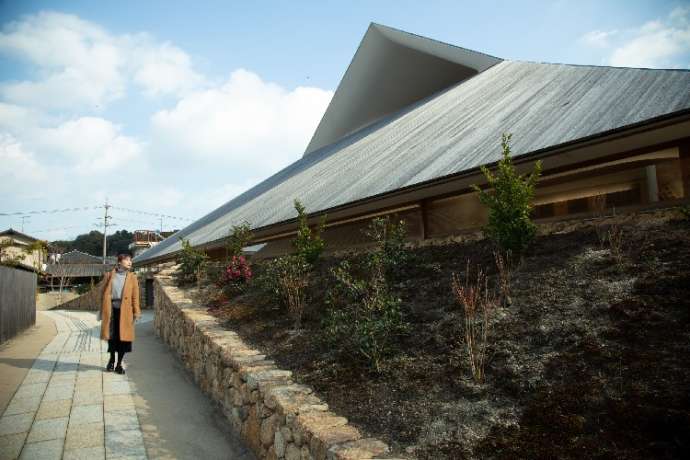
This is Naoshima Hall. Located right next to town hall, the building consists of a gymnasium, assembly hall, and garden and functions as a multipurpose space used for a variety of different activities including sports, festivals, theatre and more.
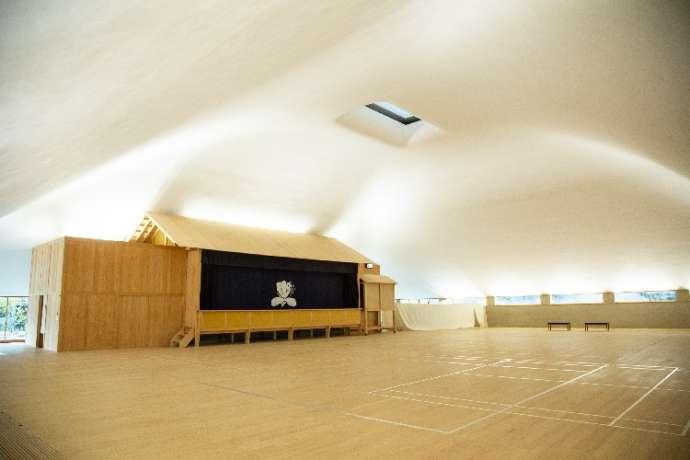
Upon entering, you’re greeted by the smell of cypress wood. In the center of the hall is a stage used for the Naoshima Women’s Bunraku, traditional puppet theatre that has been designated as both a tangible and intangible folk cultural asset of Kagawa prefecture. The white rounded ceiling is made of shikkui, a lime-based material used in traditional Japanese houses. At the top of the ceiling, there’s a curious rectangular cutout.
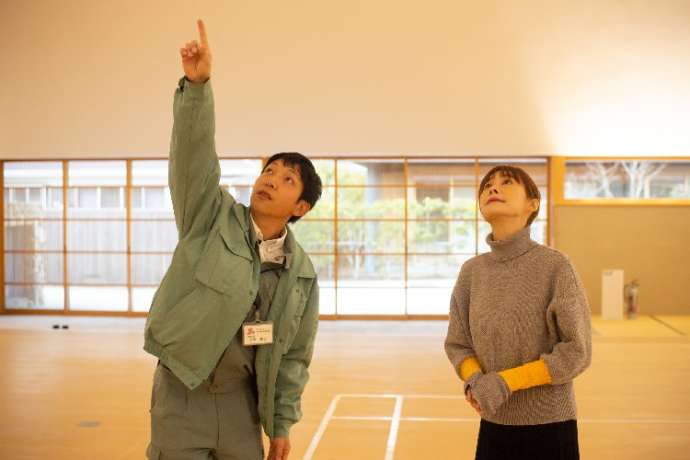
Shinya Miyoshi of the Naoshima Town Board of Education who was kind enough to show us around explains that, “The rectangular window is there for ventilation. It uses the wind to circulate the air inside the hall naturally.” The building was made with the island’s south to north wind current in mind. There are ways for the wind to enter on all sides. The air that enters from under the floor passes into the hall through the crevices and is pulled up to the ceiling. Air circulates throughout the building even when it’s closed, almost as if the entire building were breathing.
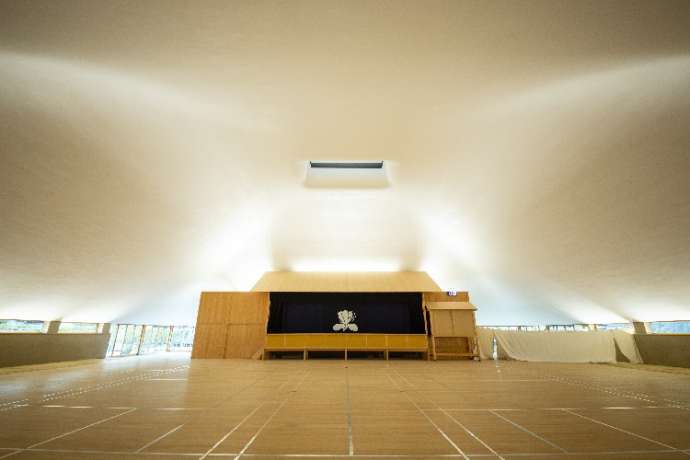
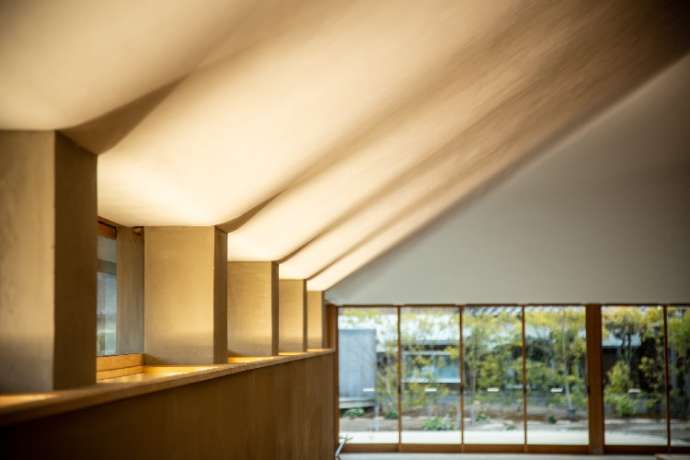
Enno notices the lighting that shines up from below. “It seems like every detail of this place was carefully thought out,” she says. It makes you wonder what inspired Sambuici’s design.
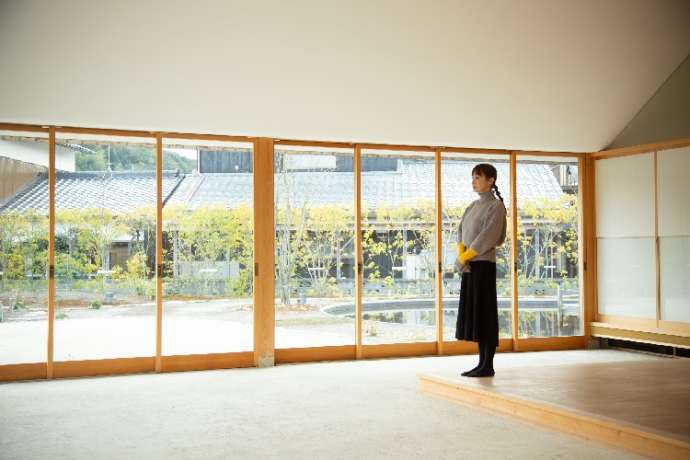
From the windows you can see the inner courtyard garden.
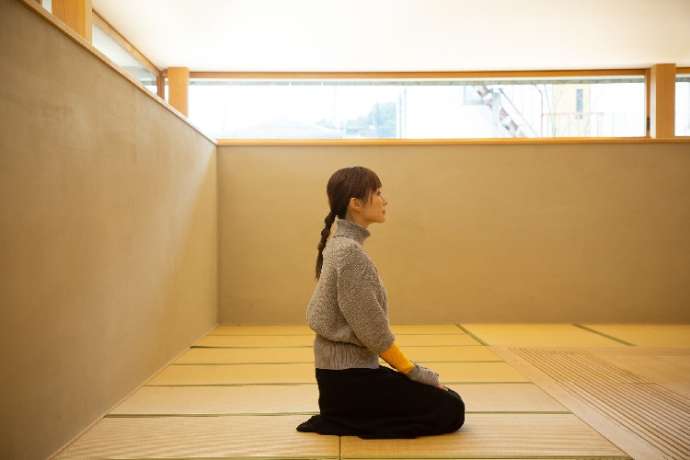
If you sit on the tatami floor and close your eyes, you can feel the air moving through the building.
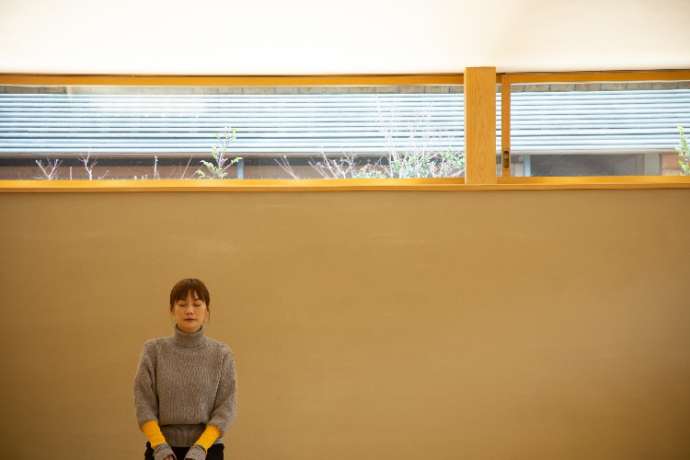
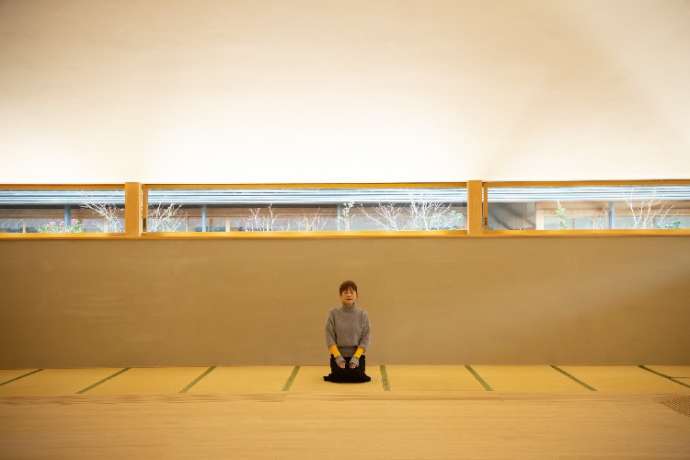
There’s something incredibly relaxing about being indoors and feeling the wind from outside.
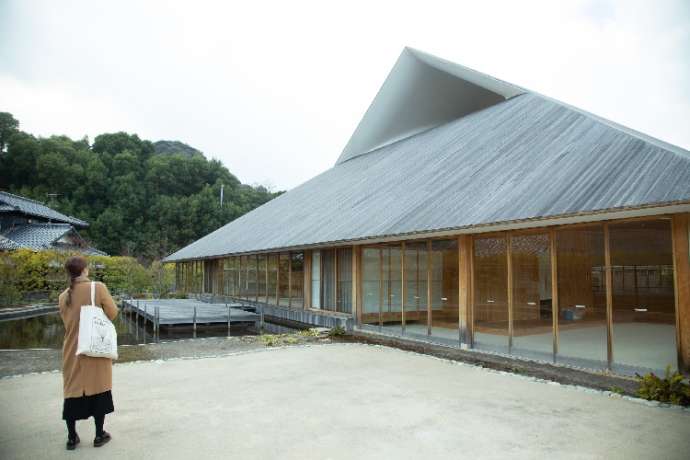
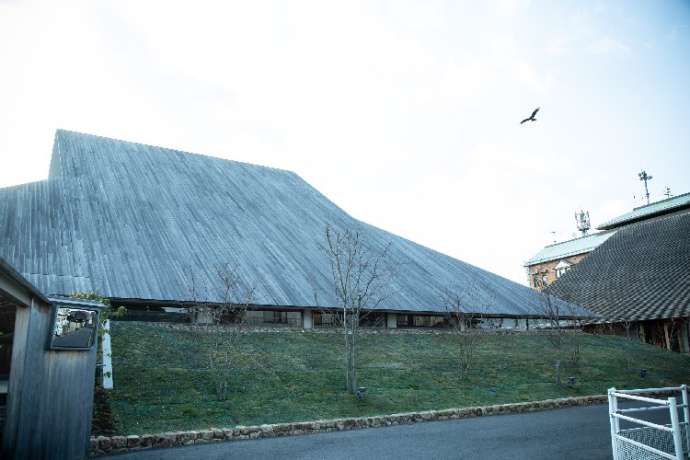
The hall’s roof is made entirely of Japanese cypress and fits in well with the surrounding environment. Naoshima Hall will forever be close to the nature, history, and people of the island.
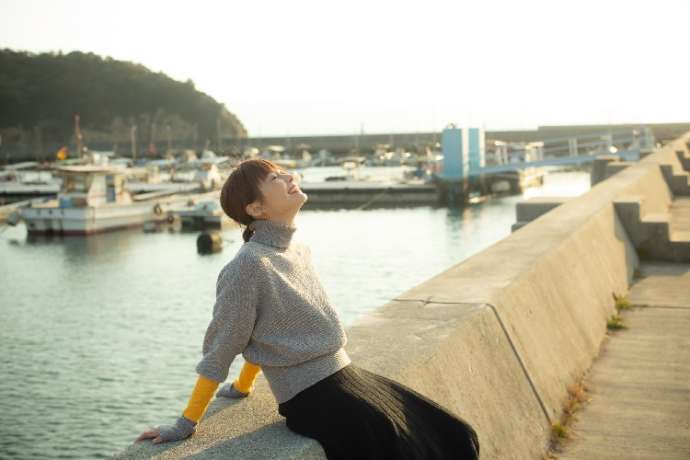
Evening has arrived, and our trip around Toyoshima, Takamatsu, and Naoshima has come to and end. We take a high-speed ferry to the Uno Port on Honshu.
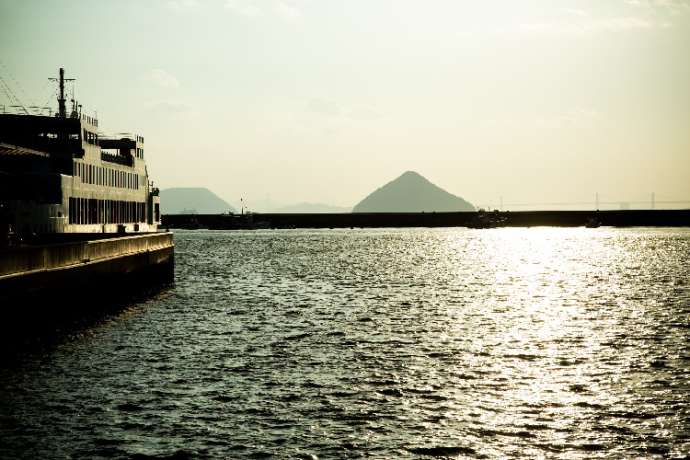
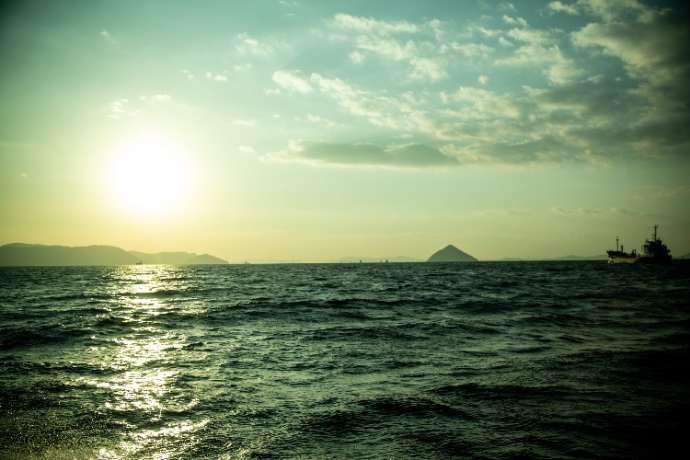
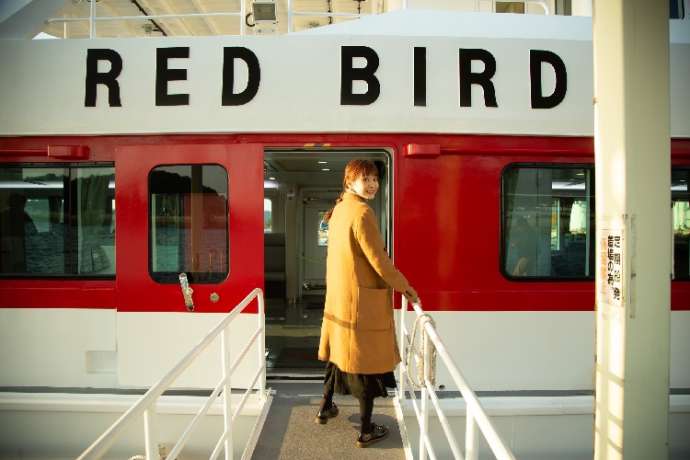
On our way back, we got to watch the beautiful sunset. On our next journey, we’ll be taking a look at some of the new spots that are popping up left and right around Hiroshima!
|
Naoshima Hall |
|
Address: 696-1, Naoshima, Kagawa District, Kagawa-ken Phone: 087-892-2882 (Board of Education) *reservations required URL: http://www.town.naoshima.lg.jp/about_naoshima/shisetsu/naoshimahall.html |




























































